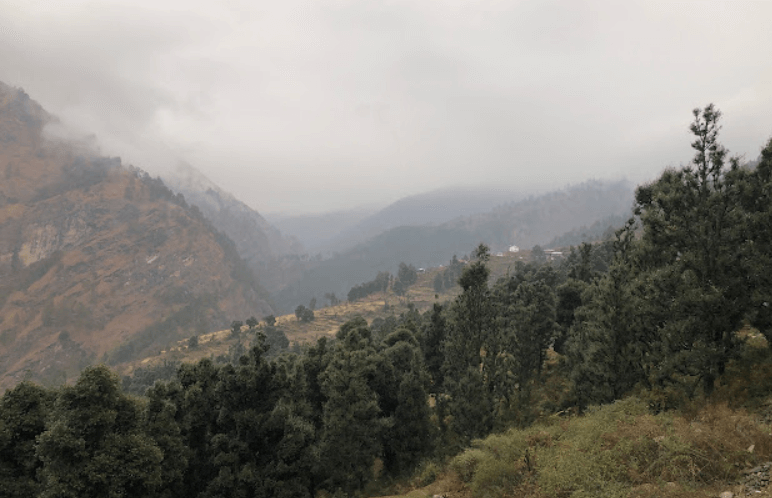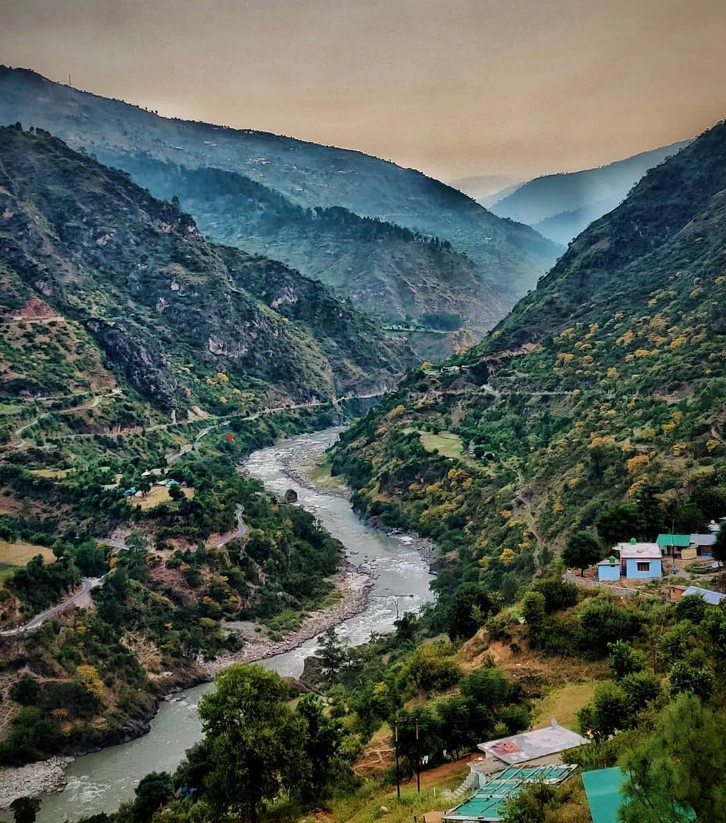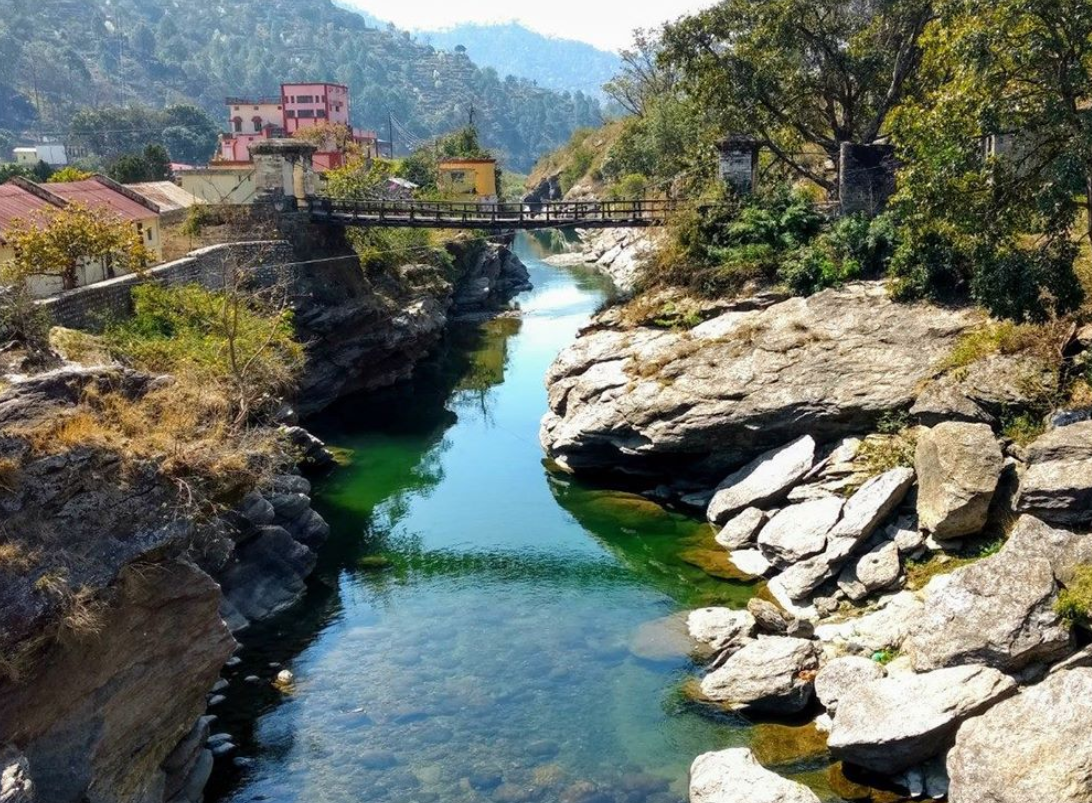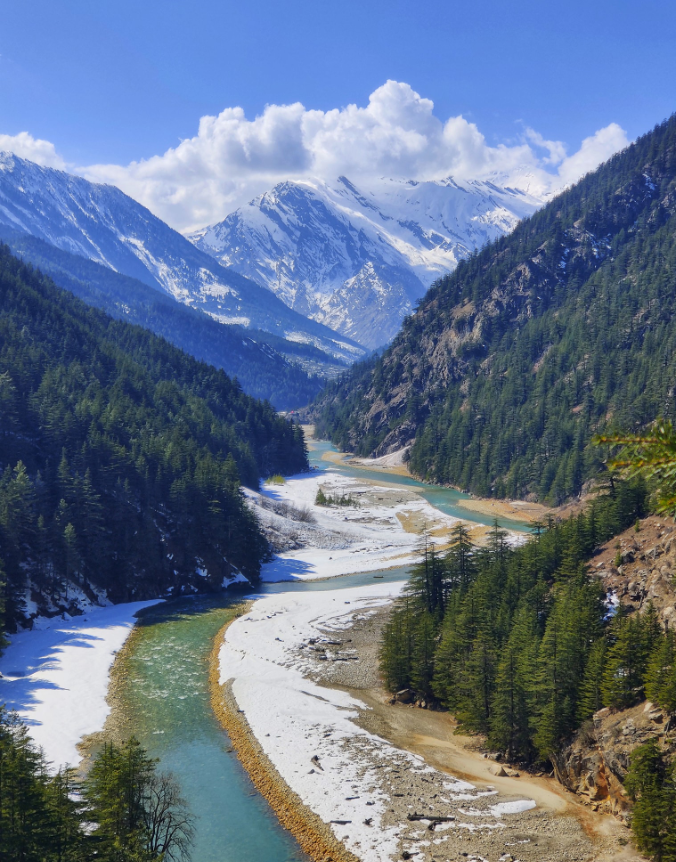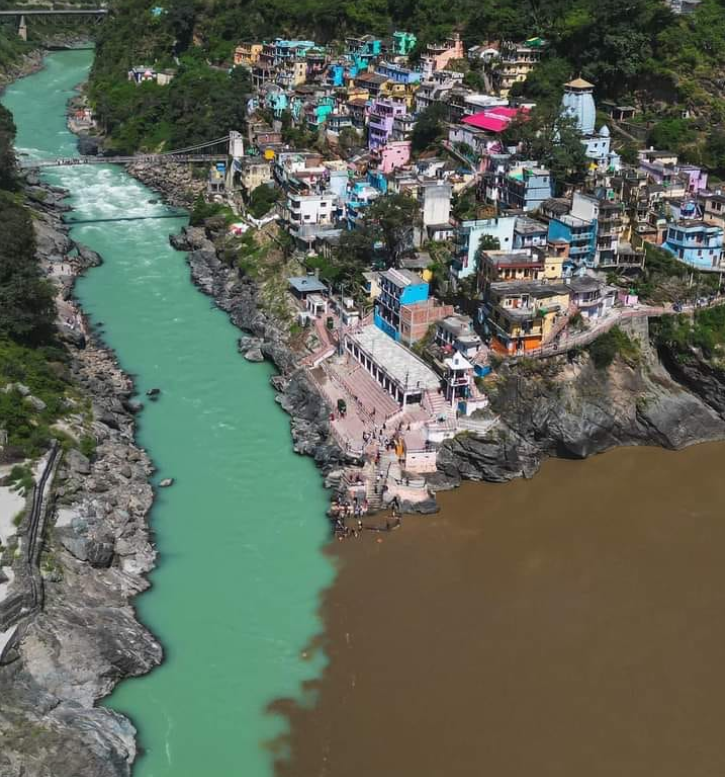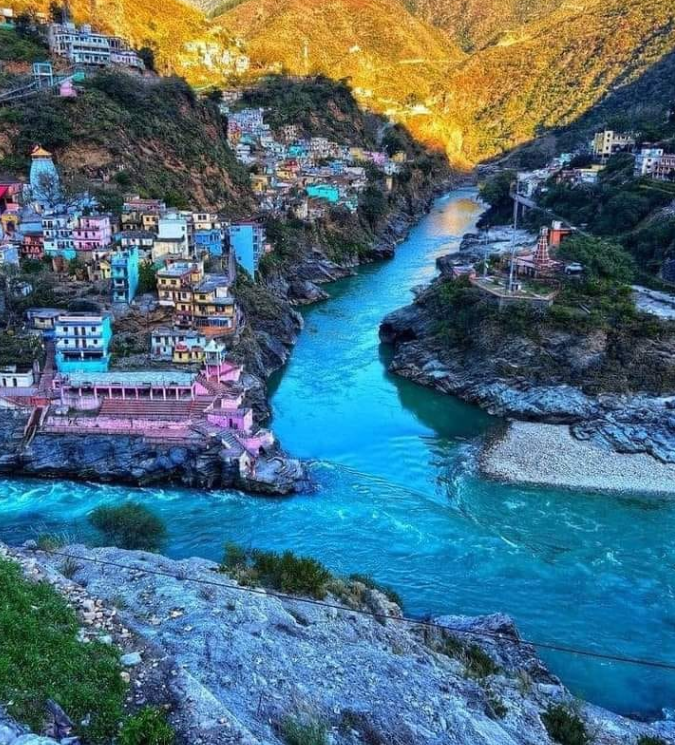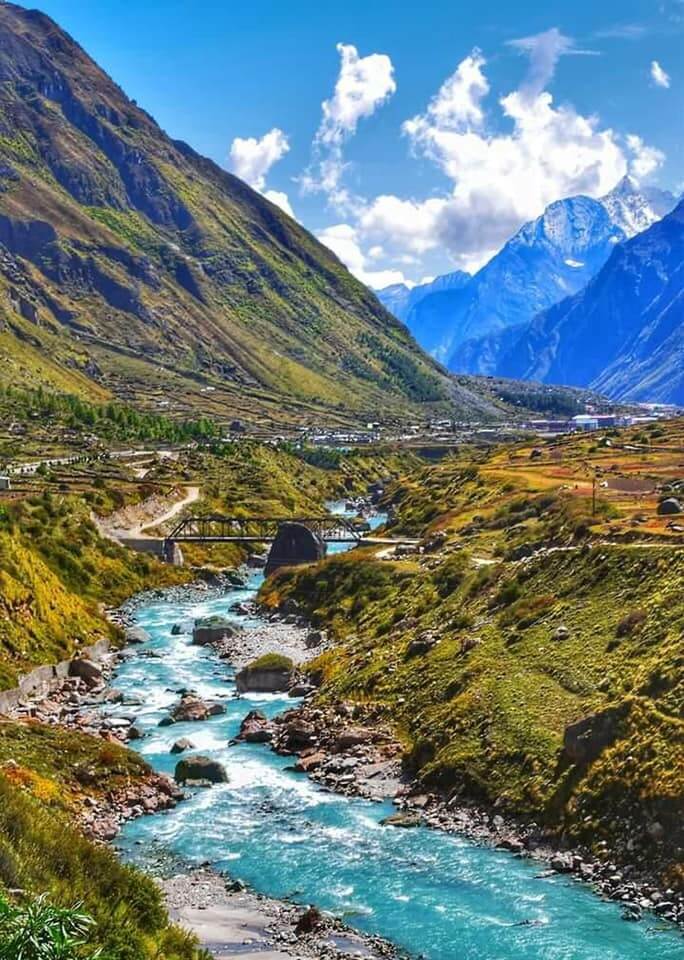The Yamuna River holds immense cultural, historical, and ecological significance in India. It is one of the major rivers of the Indian subcontinent, originating from the Yamunotri Glacier in the Himalayas and flowing through several states before merging with the Ganges River at Allahabad (now Prayagraj).

Some Key Points About the Yamuna River
Origin and Course: The Yamuna originates from the Yamunotri Glacier in the Uttarkashi district of Uttarakhand. It flows through the states of Uttarakhand, Himachal Pradesh, Haryana, Delhi, and Uttar Pradesh before joining the Ganges River.
Length and Tributaries: The Yamuna is about 1,376 kilometers long. Its major tributaries include the Tons, the Hindon, The Chambal, and the Betwa rivers.
Cultural and Religious Significance: The river holds great religious significance in Hinduism. It is considered the daughter of the Sun God, Surya, and the sister of Yama, the god of death. Many important Hindu pilgrimage sites are located along its banks, including Mathura, Vrindavan, and Agra.
Pollution Concerns: Despite its cultural importance, the Yamuna suffers from severe pollution due to industrial waste, sewage, and agricultural runoff. Efforts have been made to clean up the river, but pollution levels remain a significant challenge.
Ecological Importance: The river supports a diverse range of flora and fauna. However, pollution and habitat destruction have severely impacted its ecological health, endangering many species of plants and animals.
Water Management: Water management and conservation efforts are crucial for the sustainable use of the Yamuna’s resources. Several initiatives have been undertaken by governments and NGOs to address water pollution and improve water quality.
Overall, the Yamuna River is a vital lifeline for millions of people in India, but its health is threatened by pollution and unsustainable water use. Efforts to restore and preserve the river are essential for the well-being of both the environment and the communities that depend on it.
Mythology About Yamuna River
The Yamuna River holds a significant place in Hindu mythology and culture, intertwined with various myths and legends. Here are some prominent ones:
Yamuna as a Goddess: In Hinduism, Yamuna is revered as a goddess. She is often depicted as a beautiful maiden adorned with jewels, holding a water pot (kumbha) in her hands. She is considered the daughter of the sun god, Surya, and the sister of Yama, the god of death.
Bathing in the Yamuna: According to Hindu tradition, bathing in the Yamuna is considered highly auspicious and purifying. It is believed that a dip in the holy waters of the Yamuna can cleanse one of sins and bestow blessings and spiritual merit.
Yamuna as a Witness: In the epic Mahabharata, the Yamuna River is mentioned as a witness to various events, including the exile of the Pandavas and their meeting with the sage Vyasa. The Pandavas are said to have crossed the Yamuna during their journey to the forest.
Rivers In Uttarakhand
How To Reach Sankri
Sankri is a picturesque village located in the Uttarkashi district of the Indian state of Uttarakhand. It serves as a…
Tons River
The Tons River, also known as the Tamsa River, is one of the important tributaries of the Yamuna River in…
Ramganga River
The Ramganga River is a significant watercourse in northern India, primarily flowing through the state of Uttarakhand. It originates from…
Bhagirathi River
The Bhagirathi River is one of the main tributaries of the Ganges River, which holds immense cultural, religious, and ecological…
Alaknanda River
The Alaknanda River is one of the two main headstreams of the Ganges River, the other being the Bhagirathi River….
Ganga River
The Ganga River, also known as the Ganges, holds immense cultural, spiritual, and economic significance in India. It originates from…
Saraswati River
The Saraswati River, named for the Wisdom Goddess, originates in Uttarakhand and is a tributary of the Alaknanda River. At…

